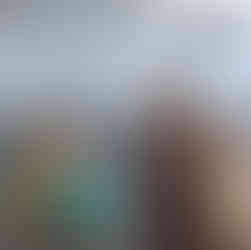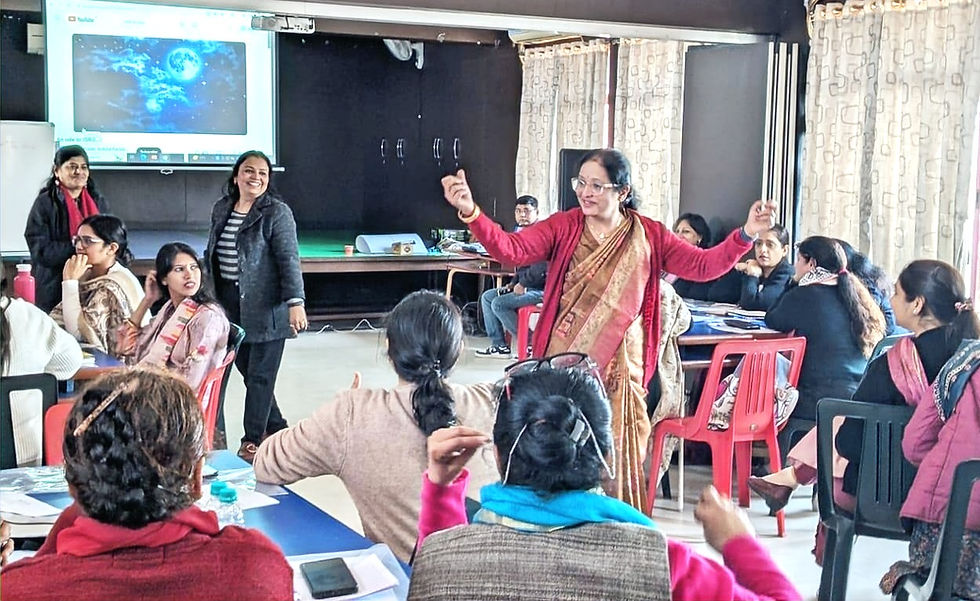Unity in Diversity: Lessons Learned from Sant Nirankari Public School
- Ramaa Shankar

- Nov 3, 2023
- 3 min read

CBSE’s Guru Dakshta Program (GDP) has grown close to my heart for I genuinely feel that when done properly across all the affiliated schools, it will bring about a uniformity in education. One, then, would not need to go to a prestigious school and spend large amounts of money, rather every school near your home will be able to provide the same quality education to all the children.
Of the many aspects of the GDP, the one I have found to be of great importance and relevance is that it is bringing back the Indian education system. Through the Guru Dakshta Program, CBSE is helping us get back to our knowledge roots. This great emphasis on our culture is putting back on track the education system that had gone wayward in between. I remember my father-in-law telling me how he used to play in the sand till the age of seven. How automatically people used to follow whatever profession they wanted to take up. I am of the opinion that a stress-free environment for learning is very important so that the children can choose what to do according to both their intellectual capacity and their liking. Here is exactly where the skill education component of the GDP comes into play. I have always believed that the people who can make or do things with their own hands (be it a carpenter or an electrician or a cobbler) are worth our admiration. I think all of us - parents, teachers, and the society at large - need to show more appreciation and respect to these skilled workers. At the Sant Nirankari Public School, Kalkaji, I could feel the sewa attitude pervading through the campus, and the environment was truly secular. One of the aspects that CBSE has been emphasising on lately is that of ‘inclusion’ and I found that this aspect was also very much present in the school. Whilst conducting the program, I promoted and made everyone aware of how CBSE has become more transparent via digitisation. Such is the ease of the availability of all these portals that one can train oneself at home, in either offline mode or online mode, and is available to both teachers and students at their fingertips.
In order to truly bring about a knowledge revolution we want better students, and for that we need better teachers. Enabling teachers has to be the first step. I emphasised, hence, on teachers taking the Central Teacher Eligibility Test (CTET) so they can complement their learnings from school teaching and college education better. Clearing the CTET will also help these teachers in teaching their students who themselves will be sitting for similar entrance examinations. After attending the workshop, the teachers felt that they had learned a lot and also felt they can really make a difference. I explained to them that it is all within us and we just need to bring it out. Self-reflection is required - teachers need to think how they can help their students. Once they internalise all this, they can do wonders.
For me, personally, going to all these different types of schools to conduct workshops is a cultural learning in itself. I was welcomed at the Sant Nirankari Public School by its students singing a beautiful shabad - something I was told they perform at various samagams as well. I had a conversation with one of the teachers who was a Nirankari herself. The ideas she stood by were really secular and far from communal. I grew up in a Hindu household, taught all my life at a Convent, and standing at a Nirankari school that day made me realise that the essence of all is the same - there is, indeed, a unity in diversity. If we all focus on our own hard work, I am convinced that it will lead to a harmonious society.















Comments